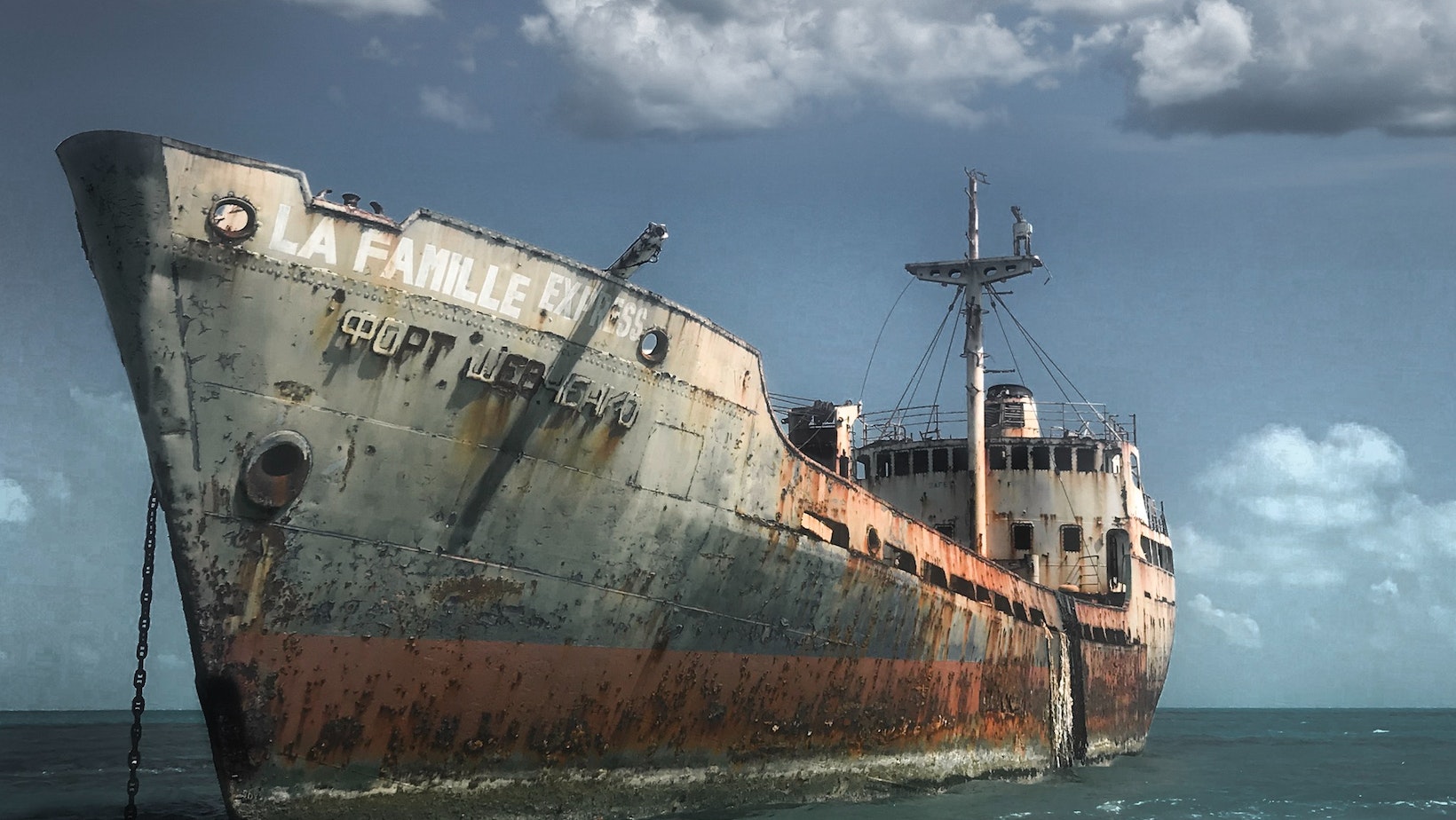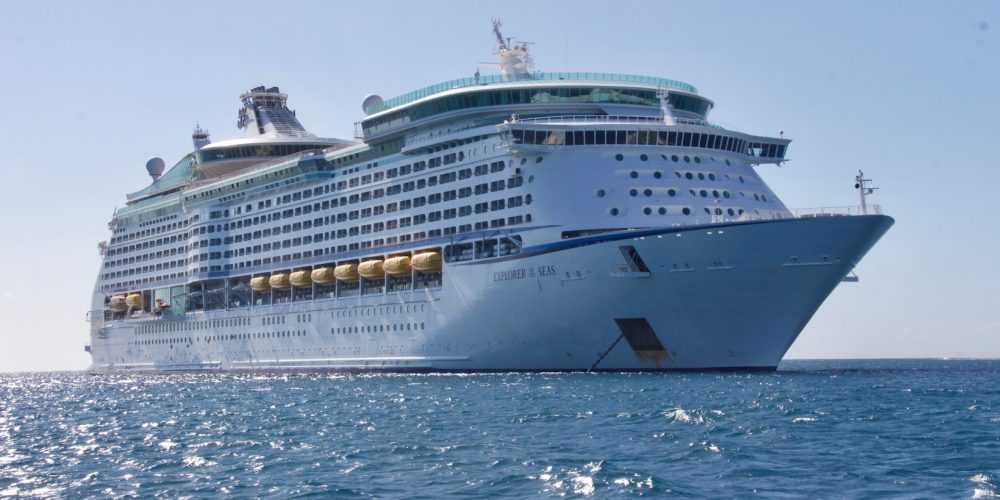What Were the Titanic’s Sister Ships
The Titanic, an iconic symbol of early 20th-century maritime tragedy, wasn’t the sole majestic ship of her time. She had two sister ships – the Britannic and the Olympic. These three ocean liners were designed by the same company, White Star Line, and shared many similarities in their design and construction.
Even though they’re often overshadowed by the infamous sinking of the Titanic, both Britannic and Olympic have fascinating stories of their own. The Olympic was known as “Old Reliable” for her long service, while Britannic met a fate eerily similar to that of Titanic’s.
In this article, I’ll delve into more detail about these often-forgotten siblings of the ill-fated Titanic. We’ll uncover their unique histories, examine their similarities and differences with Titanic, and explore why they’re significant in maritime history.
Understanding the Titanic’s Legacy
Let’s delve into the fascinating legacy of the Titanic. Known as one of history’s most infamous maritime disasters, its story doesn’t end with its tragic sinking in 1912. The Titanic was actually part of a trio, completing a triumvirate of colossal vessels that were designed to dominate transatlantic travel.
The White Star Line, the company behind these mammoth ships, had high hopes for this trilogy. Alongside the Titanic stood her sister ships – RMS Britannic and RMS Olympic. These three were lauded as technological marvels at their time due to their size and luxurious amenities. Yet despite sharing similar design elements and even some common fate threads, each ship forged its own unique narrative.
RMS Olympic, affectionately dubbed “Old Reliable,” was the first among them to sail. She enjoyed a long service from 1911 until 1935 without any major incidents—quite unlike her ill-fated sisters. Her successful career stands in contrast with that of Titanic and Britannic both met gruesome ends early on in their days at sea.
The Britannic never got a chance to serve her intended purpose as a luxury liner since she was requisitioned by the British government during World War I, before her maiden passenger voyage could take place. Unfortunately, she also sank after hitting an underwater mine in 1916 but thanks to improvements made after the Titanic disaster, only thirty people lost their lives out of more than 1,000 onboard.

So why does this matter? It’s because these sister ships’ tales remind us how intertwined tragedy can be with innovation—a sobering thought when we look at our own times filled with rapid advancements and complex challenges.
Here are few key points worth remembering:
- The Titanic was one of three sister ships—the other two being RMS Britannic and RMS Olympic.
- The Olympic enjoyed a long service while both Titanic and Britannic ended up sinking.
- The Britannic was requisitioned by the government for war before she could serve as a luxury liner.
By understanding the Titanic’s legacy and her sister ships, we get a snapshot into not just maritime history but also human ambition, resilience, and our capacity to learn from catastrophic events.






